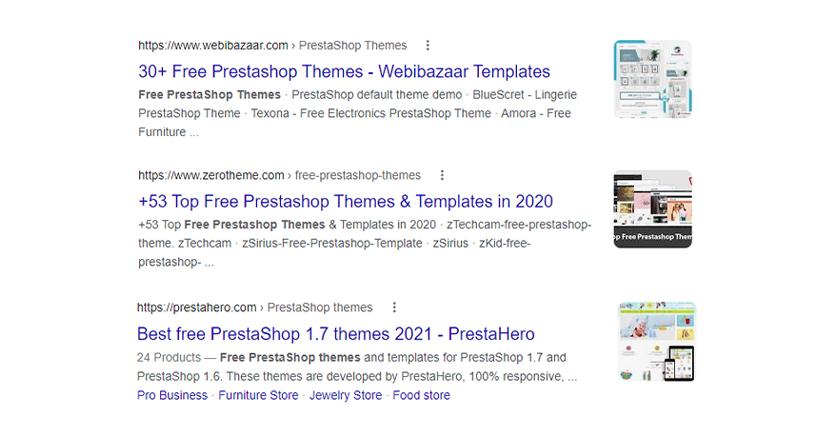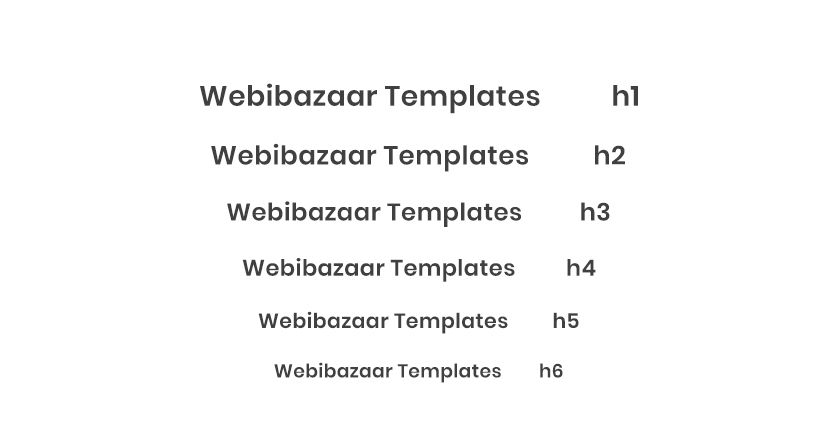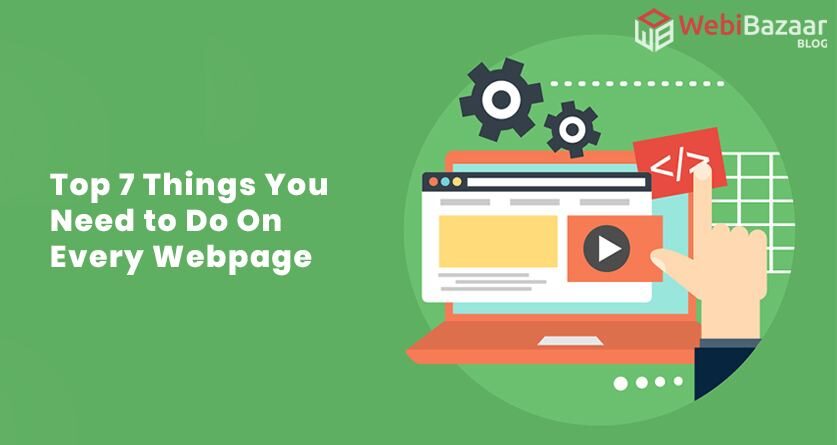Search Engine Optimization is the foundation of your entire Digital Marketing strategy. While On-Page and Off-Page SEO are both important webpage elements of a sound strategy.
If you can’t hold down the basics of On-Page SEO, then your website stands little chance upon the already well-established sites remaining at the top of the search engine page results.
Search Engine needs On-Page SEO to let their bots know what your site is about, so they can put each page in the right place where potential customers can find it.
Get it right and you succeed with the search engine, get it wrong and you will never hit the top.
1. Keyword Is Crucial
Keywords have always been, and will long remain the foundation for truly effective On-Page SEO. Every On-Page factor that affects SEO revolves around keywords, their usage and variations.
A keyword is single or multi-word phrases that help represent what each webpage is about.
For Instance, fishing equipment store in Brisbane would start with the more obvious keywords, such as fishing store in Brisbane or fishing equipment in Australia, and then work down to more specific longtail keywords.
As you will find out below, the underlying value of keywords cannot be stressed sufficient.
2. URL Structure

The URL is the very first thing search engine bots will check. Each webpage contains a separate URL structure, with the main site name supported by the main title of the article, blog, home page etc.
Frequently, you want each page’s URL to be short with a keyword or two. Google has even made it clear that the first three to five words in a URL are given more SEO weight. Also, keep in mind it’s better to use hyphens (-) rather than underscores (_) if creating your own URL structure.
3. Title Tags

The title tag is understood to be one of the most important On-Page SEO elements. It is one of the first things both search engine bots and somebody will see before entering deeper into a site.
In quick, the closer a keyword is located to the beginning of a title tag the more SEO weight it carries. The same goes for the real title. It is better to place the main targeted keyword besides a few keyword changes. Make sure the title tag reads naturally and is not keyword-stuffed.
In the past, Google displayed 70 maximum characters for the per title tag, but this is no longer the case. The title tag length is now decided by the pixel width.
4. Heading Tags

Every page starts with a main heading tag labelled as the H1 tag. For SEO purposes, enter the main keyword within the H1 tag.
Several following tags like H2, H3 and so on go in descending order and should help arrange the content and should include related keywords that deal with the topic.
Doing this also helps readers understand the content. Make sure not to stuff every heading tag with keywords if it doesn’t sound natural!
5. On-Page Content
Most On-Page SEO efforts should be spent building more unique, helpful content! Content should constantly target to please the user first and the search engines second. Reading keywords into content no longer works!
Each page should have a particular keyword density, with the keyword appearing a certain number of times based on the amount of On-Page content. For articles and blogs, it is usually advised to include the keyword in the first 100 – 150 words for faster bot recognition!
It also does not damage to include keywords easily in the middle and end of a long article or blog post.
6. Images With Text
The image simply makes the content better. In fact, it helps readers digest long pieces of content and gives people something to look at besides long lines to text. It also gives a small boost to user-interaction and improves the overall value of a page’s content.
Images also implement SEO savvy digital marketers with the opportunity to give off powerful SEO signals to search engines. If there is any text of captions underlying the image, make sure to include a few relevant keyword and phrases.
You can also change the file name of the downloaded image into something that relates to the website.
7. Meta Description
Even though meta description no longer holds any SEO related weight, they are still essential to effective On-Page SEO. Meta Descriptions are the first thing people see when searching for information.
They are a way to introduce potential customers to what each page may contain. This gives people an informative way to choose whether or not to enter a website. Keywords can be included, but the only natural.
A meta description contains only up to 156 characters so it pays to give each page a well-written introduction.
Conclusion
The On-Page SEO is not difficult, but it is a time-consuming and continuous process. Never make the mistake of thinking your website will perform well without well-executed SEO! Every webpage without it will virtually never be seen.
Still not convinced about the effectiveness of SEO? No problem, we are here to help and answer all questions you may have. Feel free to Contact Us today.
Other Blog:
